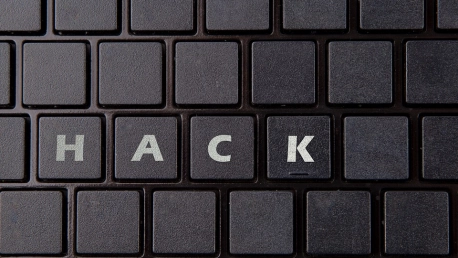The new decade is upon us, and there are many trends and advancements to look forward to, particularly in the cyber world. However, as it is the case with nearly any innovation, there won’t be only positive outcomes—there will also be negative ones to expect. In this article, we will explore the cybersecurity issues that are likely to reign over 2020.
IoT Exposure
The rise of AI facilitated the digitalization of many of our day-to-day life activities. A particularly poignant example is the use of IoT, thanks to which electrical and mechanical systems can be controlled and monitored with much greater ease. The downside? Hackers can gain access to your information through these systems by intercepting the messages smart devices send. Cybercriminals can then alter the information before it reaches its destination.
What Can Be Done About It?
The first step to protecting IoT security is taking care of the physical object. In truth, physical tampering can take place in many ways, including through device theft, the removal of parts, and by interrupting the power of the device. To make sure the object itself is safe, you can ensure that no ports are exposed and that only authorized individuals can be in the vicinity of the object. The second step is applying standard cybersecurity procedures for the rest of the layers.
Bigger and Better Phishing Attacks
74% of those interviewed for the Cynet State of Breach Protection 2020 report are planning to focus their cybersecurity strategies on weaponized email attachments and links—and for good reason. Indeed, the security gap brought on by rapid technological advancements is a point of exploitation for hackers, which is likely to continue well into the new decade.
In the case of phishing, cybercriminals’ interest is geared towards government or corporate networks and those who fall victim to phishing attacks suffer huge losses in consumer trust, market share, and reputation.
What Can Be Done About It?
There are a few things you can do to protect your organization from phishing attacks. First, start training your employees on scams and how to recognize them. Then, consider implementing a two-step verification process and regular security health checks. Ensuring your software is always up-to-date also helps, as does using different passwords for each online tool and platform employed by your company.
The Cloud–Ransomed
Ransomware is already quite active, but it’s likely that it will become even bigger in 2020, targeting cloud data. Since most businesses are starting to migrate to the cloud, it’s very likely that hackers will start looking for weak spots and begin taking advantage of them.
What Can Be Done About It?
A good way to protect your data in the cloud is to set the backup drive as read-only since in order for ransomware to spread, read and write permissions are required. This may not work all the time, as the more sophisticated ransomware is, the easier it might be for it to override the “read-only” instructions. Nevertheless, it’s a good starting point.
Automated Hacking
AI has been used for numerous positive advancements, but it can also be used for less positive ones, and automated, targeted hacking is one such example. Since AI and machine learning use have been on the rise, there is more data hackers can employ to their benefit. This makes it easier for hackers to “teach” a computer program how to do most of the work for them.
What Can Be Done About It?
A great way to keep yourself safe from AI hacking is to improve primary operations and to hold vendors to security standards. This way, all (or nearly all) aspects of the business will be as protected as possible.
Cybercrime is no laughing matter, and the more technologically advanced we become, the more exposed to cyber threats we get. Because of that, it’s important to give serious thought and put in real effort to ensure that your information is as safe as you can possibly make it.









